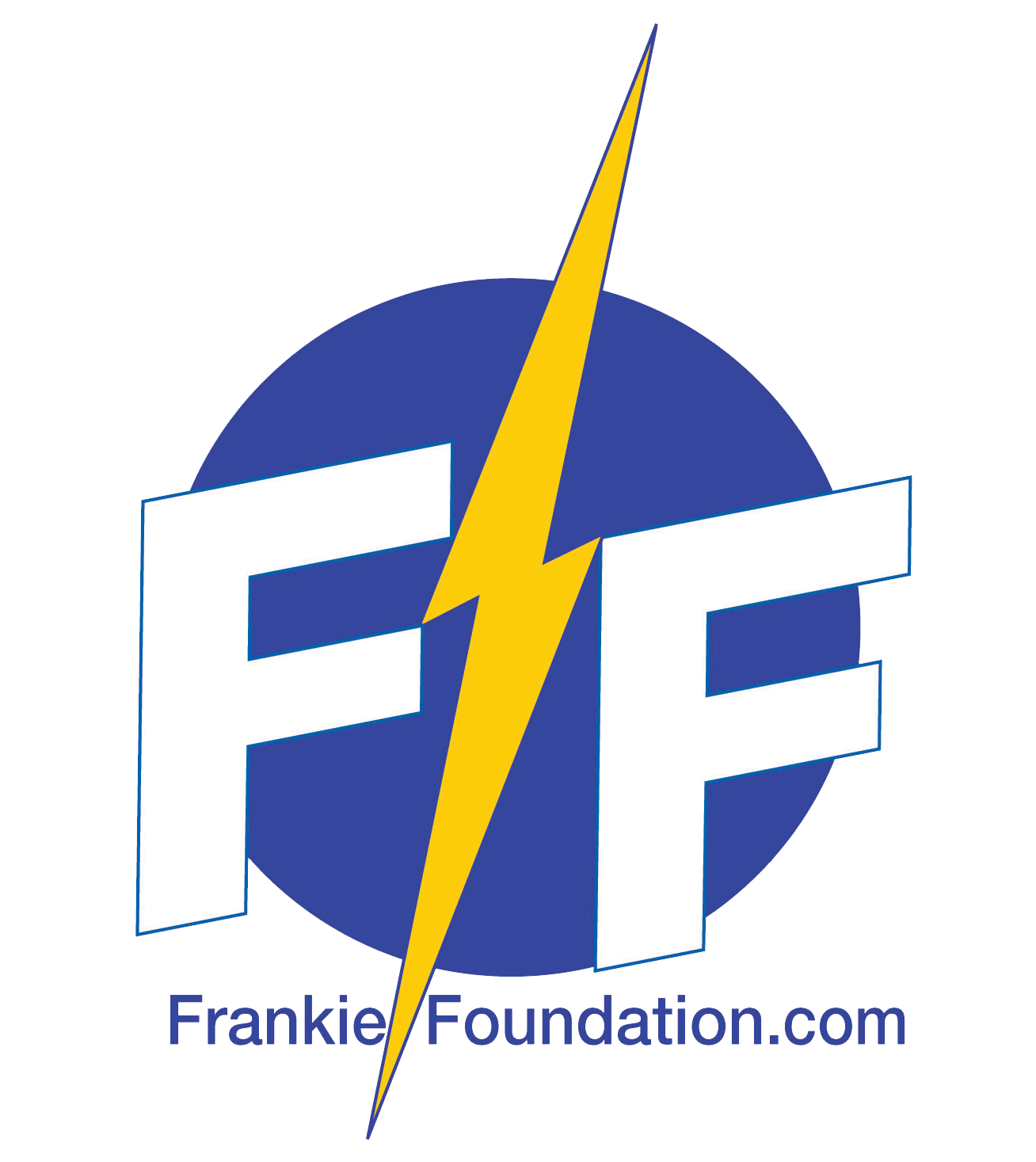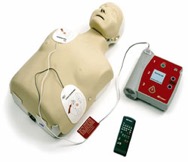AED and Early Defibrillation
| Early defibrillation means having immediate access to a properly working automated external defibrillator (AED). This allows trained lay rescuers to give a potentially lifesaving electrical shock to the victim's heart during a cardiac arrest. |
| Early defibrillation is often called the critical link in the chain of survival, because it's the only way to successfully treat most sudden cardiac arrests. When cardiac arrest occurs, the heart starts to beat chaotically (fibrillation) and can't pump blood efficiently. Time is critical. If a normal heart rhythm isn't restored in minutes, the person will die. In fact, for every minute without defibrillation, the odds of survival drop 7-10 percent. A sudden cardiac arrest victim who isn't defibrillated within 8-10 minutes has virtually no chance of survival. |
Emergency Medical Services providers have traditionally performed defibrillation, but quick EMS response isn't always available. EMS personnel or traditional first responders with AEDs can't always reach sudden cardiac arrest victims within the necessary time after a collapse. For these situations, the American Heart Association advocates establishing public access defibrillation (PAD) programs. This helps ensure that the people most likely to arrive first at a medical emergency are equipped to help. These people include firefighters, law enforcement and security officers, community workers, among others. An automated external defibrillator (AED) is a device about the size of a laptop computer that analyzes the heart's rhythm for any abnormalities and, if necessary, directs the rescuer to deliver an electrical shock to the victim. This shock, called defibrillation, may help the heart to reestablish an effective rhythm of its own. An AED is easy to operate. It uses voice prompts to instruct the rescuer. Once the machine is turned on, the rescuer will be prompted to apply two electrodes provided with the AED to the victim's chest. Once applied, the AED will begin to monitor the victim's heart rhythm. If a "shockable" rhythm is detected, the machine will charge itself and instruct the rescuer to stand clear of the victim and to press the shock button. AEDs can be found in corporate offices, shopping malls, airports, sports stadiums, schools, community centers, and other places where large groups of people gather and the risk of a sudden cardiac arrest incident is very likely. The number of devices in the community will continue to grow as more and more people begin to understand the importance of AEDs and AED training. |

